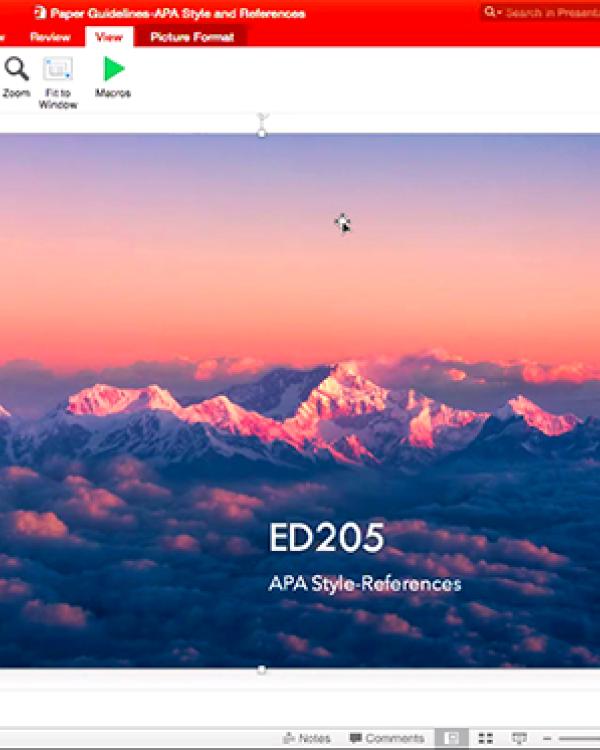
A Zoom screen from Betsy Brenner's ED205 class
While classes at UC Santa Barbara have been conducted remotely since March, that’s still not much time to develop the best new ways to teach. Each instructor has to figure things out for themselves depending upon everything from their comfort with technology to the content of the class itself.
To see how the Department of Education is dealing with classes in the time of COVID, we interviewed two professors teaching this fall. Professor Betsy Brenner is teaching a seminar in Anthropological Perspectives on Education; Associate Professor Tarek Azzam is teaching a lecture + lab in Introductory Statistics. Brenner has taught her course every other year for twenty years and has 13 students enrolled, all but one an Ed student; Azzam hasn’t taught his course in 12 years, and has 32 students, mostly first year grad students in Ed, but with a few from Communications and Chicano Studies. Both are using Zoom extensively to hold class sessions.
Not surprisingly, both admitted the most difficult part of long-distance education has been building a sense of community in their courses. Azzam says its particularly tough in Introductory Statistics, “since most of the students are first year students trying to figure out what the expectations and norms are for the school, and it’s a lot harder to do that when it’s remote instruction. There is also a hesitancy to provide feedback and engage in the class, which makes it difficult to get a sense of where students are with their understanding of the content.” Brenner’s class has an added difficulty, given the course’s subject matter; she says it’s hard to make “students comfortable to participate in discussion about difficult topics related to race, ethnic identity, and structural problems with the educational system.”
Both assert that more direct check-ins become necessary, not just for community building but to be sure everyone is understanding the material (it’s harder to read puzzled body language in a tiny Zoom square). “I try to use some humor and a check-in time for sharing personal information,” Brenner relates. “This week alone I learned that one student had just gotten married, one turned thirty, and someone else had gotten their wisdom teeth out. We can’t do our usual chatting over snacks but there are other ways to get to know each other.” Azzam sometimes conducts his check-ins using brief surveys to gauge student understanding. “I also provide students with a survey link where they can leave anonymous feedback directly to me about the class,” he says. “These steps seem to help facilitate a greater engagement with me and the course material.”
Both professors are working to expand their teaching tools, from more comprehensive PowerPoints pre-loaded for easy student access on GauchoSpace to YouTube videos and polling. “Also students are able to help each other via the chat function,” Azzam points out about his stats class. “If someone posts a question on the chat, others tend to respond with an answer and this helps to develop community and a sense of agency within the student group.” Brenner makes sure each class session isn’t just screen time, saying, “I also try to have more short breaks where people can read or write something individually and get a snack or whatever before returning to the whole group session.”
Although Brenner and Azzam also point out that remote teaching takes more time, work, and planning, they still think their courses have been successful and are getting better with each session. But life during a pandemic makes for unique stressors on learning, without a doubt. Brenner adds, “I have noticed that attendance is a bit lower because people seem to have more health problems (stress?), connectivity challenges, and other demands on their time such as children at home.”